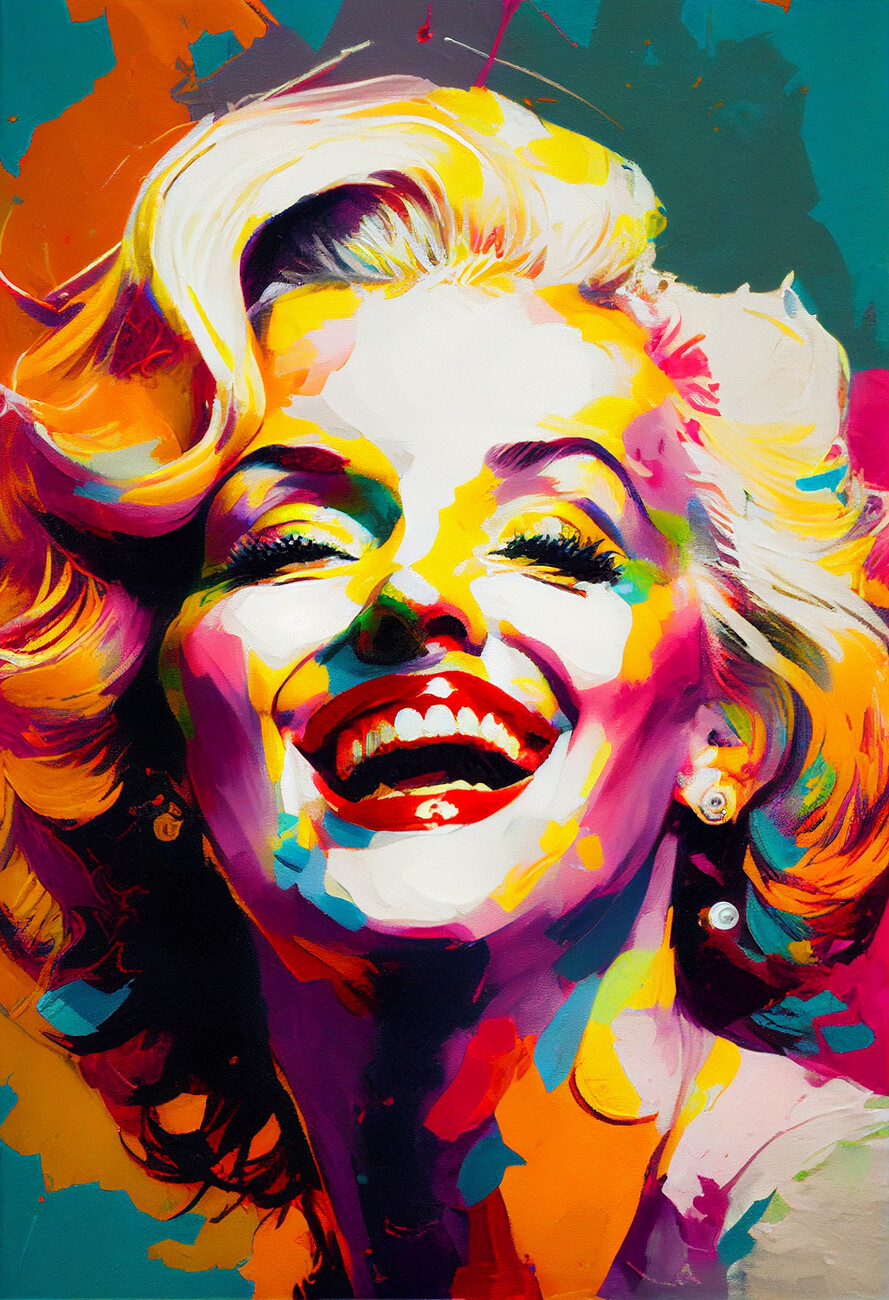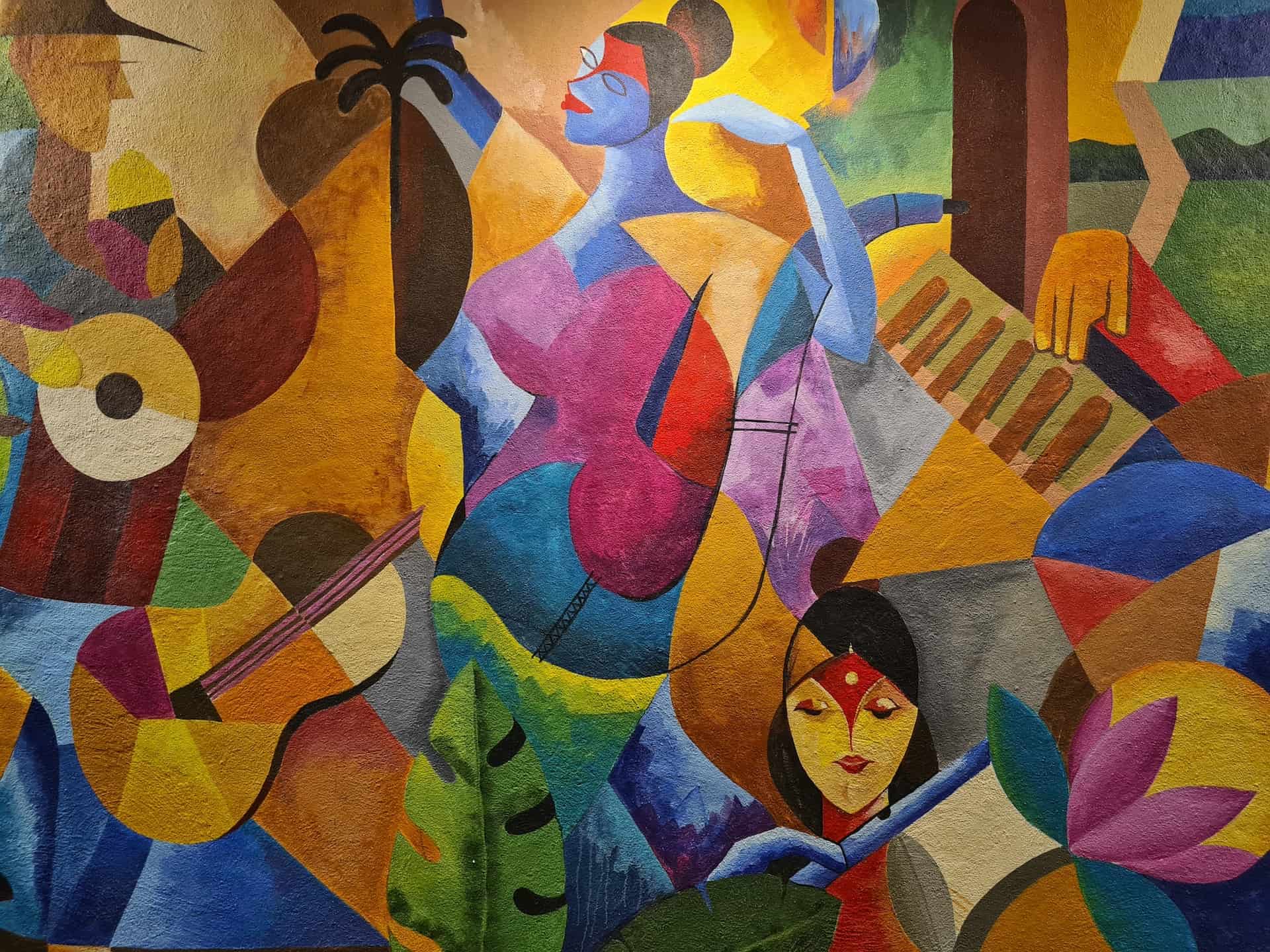A Deep Dive into one of the most Famous Trump Artworks of Recent Years
A Deep Dive into one of the most Famous Trump Artworks of Recent Years
Blog Article
Starting a Visual Trip With the Lyrical Analyses of Nature in Stylist Landscapes
Each brushstroke, each play of light and shadow, and each color choice in their jobs talks volumes concerning the musicians' deep link to nature and their ability to translate its appeal onto the canvas. As we check out the lyrical interpretations of nature in Stylist landscapes, we are welcomed to immerse ourselves in a globe where truth and emotion link, providing a glimpse into the musicians' profound appreciation for the all-natural globe.
The Captivating Brushstrokes of Claude Monet
Claude Monet's proficiency of brushstrokes goes beyond mere strategy, imbuing his landscapes with an angelic top quality that mesmerizes and captivates visitors - trump art. His cutting-edge use of shade and light, combined with his distinctive brushwork, develops a sense of motion and life within his paintings. Monet's distinguished series of works portraying water lilies and his renowned haystacks display his ability to record the fleeting impacts of light and environment

Enjoying Light and Darkness With Camille Pissarro
Embodying a comparable respect for the interplay of light and darkness, Camille Pissarro's creative vision unfolds as an unified expedition of the natural world's luminescent subtleties. Pissarro, an essential number in the Impressionist motion, masterfully recorded the dynamic connection in between light and darkness in his landscapes. His proficient usage of color and brushwork enabled him to share the subtle shifts in light that define different times of day and periods.
Pissarro's paints usually feature dappled sunlight infiltrating leaves, casting intricate patterns of light and shadow on the earth listed below. In works such as "Hoar Frost, the Result of Snow, Pontoise," Pissarro skillfully portrays the crisp illumination of wintertime sunlight compared with the amazing darkness that specify the snowy landscape. By welcoming both light and shadow in his compositions, Pissarro invites audiences to submerse themselves in the all-natural beauty and transient effects of light in the world around them.

Through Pissarro's jobs, we are reminded of the transformative power of light and darkness, inviting us to pause and appreciate the fleeting moments of charm present in the daily landscapes that surround us.
A Symphony of Colors by Edgar Degas
Edgar Degas manages a dynamic symphony of shades in his skillful artworks, infusing his compositions with a dynamic interaction of hues that astound the visitor's stare. Recognized largely for his ballet professional dancers and intimate scenes of Parisian life, Degas skillfully controlled colors to convey state of mind and activity in his paints. trump art. His use of strong, contrasting colors and subtle tonal variants developed a feeling of depth and vibrancy within his works
Degas' shade combination usually consisted of rich blues, deep greens, and cozy oranges, which he used with positive brushstrokes to capture the significance of his topics. Whether representing a ballerina mid-performance or a group of pals speaking at a coffee shop, Degas' shades not only depicted the scene yet additionally evoked a sense of feeling and energy.
Furthermore, Degas' trial and error with light and darkness included an additional layer of intricacy to his color structures, enhancing the overall ambience of his use this link paintings (trump art). With his experienced manipulation of shade, Degas developed a visual symphony that proceeds to resonate with viewers today
Checking out Nature's Calmness With Berthe Morisot
Berthe Morisot's imaginative vision provides a serene departure from the vibrant shade symphonies of Edgar Degas, as she catches the tranquility of nature in her expressive landscapes. Known for her delicate brushwork and intimate representations of daily life, Morisot's landscapes exhibit a feeling of peace and harmony.
Morisot's paints typically include soft, soft tones that share a sense of peace and serenity. Her works, such as "The Cradle" and "Summer's Day," showcase her capability to record the subtle charm of nature in a manner that is both soothing and reflective to the visitor.
Unlike several of her Impressionist counterparts that focused on strong shades and vibrant compositions, Morisot liked to develop mild, introspective scenes that invite the audience to reflect and pause. With her masterful usage of light and darkness, browse around this site Morisot develops a sense of serenity that resonates with the customer on a deep psychological degree.
The Emotional Landscapes of Vincent Van Gogh
Vincent Van Gogh's landscapes strongly communicate a deepness of emotion with their dynamic brushwork and expressive usage of shade. The Dutch post-impressionist musician is renowned for his capacity to capture intense and raw feelings in his paintings, going beyond typical representations of nature. Van Gogh's tumultuous personal life, marked by mental wellness struggles, significantly influenced his art, infusing his landscapes with a sense of unease, melancholy, or enthusiasm.
In works such as "Starry Night" and "Wheatfield with Crows," Van Gogh's swirling brushstrokes and dynamic color choices evoke an extensive psychological feedback from customers. The rough skies and flustered landscapes in his paints reflect his inner turmoil and psychological disturbance, welcoming customers to dig into the intricacies of his mind.
Van Gogh's unique aesthetic language, identified by overstated point of views and strong usage of color, develops landscapes that resonate with visitors on a deeply emotional degree. Through his art, Van Gogh welcomes us to see nature not equally as an external truth but as a mirror of our innermost feelings and feelings.
Conclusion
To conclude, the impressionist landscapes of musicians such as Claude Monet, Camille Pissarro, Edgar Degas, Berthe Morisot, and Vincent Van Gogh use a one-of-a-kind and fascinating visual analysis of nature. With their use brushstrokes, color, feeling, and light, these artists have produced a symphony of pictures that evoke a feeling of tranquility and elegance in the environment. Their jobs continue to influence and captivate customers with their lyrical interpretations of the landscapes around us.
Each brushstroke, each play of light and shadow, and each shade option in their jobs speaks volumes about the musicians' deep connection to nature and their capability to convert its appeal onto the canvas. His cutting-edge use of shade and light, incorporated with his distinct brushwork, look these up creates a sense of motion and life within his paints. His experienced use of shade and brushwork allowed him to share the subtle shifts in light that specify various times of day and seasons.

Report this page